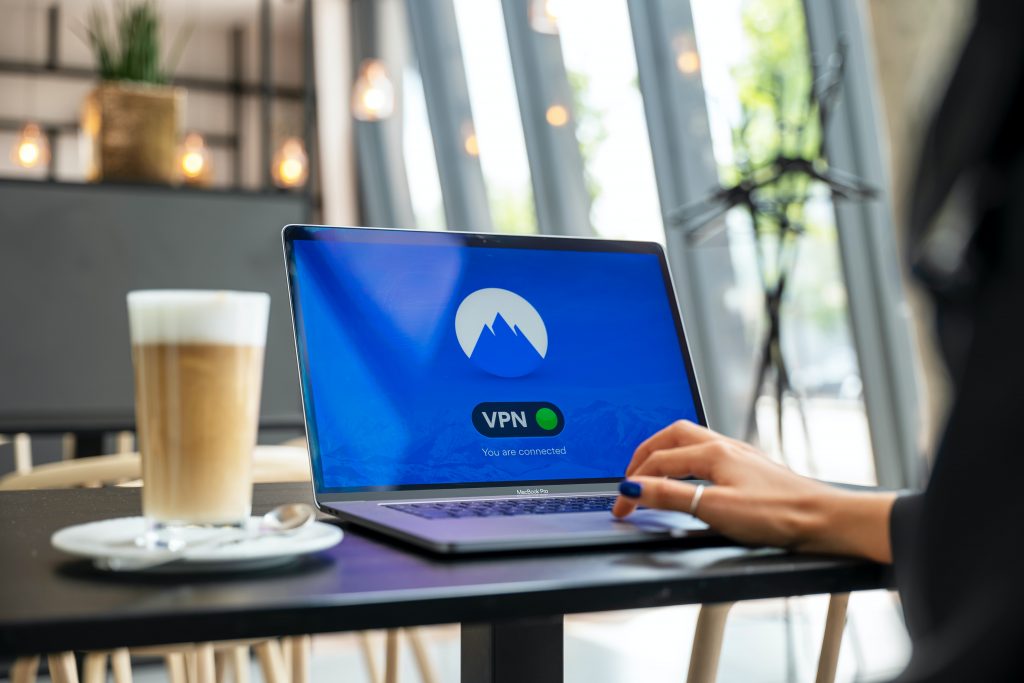What cybersecurity defense methods are you practicing to secure your business? Well, cybersecurity is high on the list of concerns. Especially for evolving business.
However, the risks of cyberattacks concern not only large businesses. Small enterprises are also at risk.
Thus, companies of any size must consolidate a solid defense. But how could they do that? Well, by implementing cybersecurity best practices.
So, if you haven’t done any preventive measures yet, then this post is of great help. Now, let’s consider the following cybersecurity best practices.
The Effective And Recommended Cybersecurity Best Practices
Create An Insider Threat Program
An insider threat program is a core part of a modern cybersecurity strategy. It’s common for employees to have access to data.
But, it’s also risky. Why? Because employees can leak information. Even if it’s unintended. So, an insider threat program proves to be essential.
Conduct Phishing Simulations
Phishing attacks are the most prevalent threat. So phishing simulations train employees on how to avoid clicking on malicious links. The same goes for downloading unknown files.
Besides, it will help them understand the far-reaching effects of this attack.
Secure Remotely Working And Travelling Employees
Sacrificing security for convenience is a bad idea. So employees working remotely must be aware of the risk. Especially, when they access corporate networks through public Wi-Fi networks.
One solution is by using VPNs. Also, installing anti-malware programs can tighten the security gaps.
Prioritize Employee Privacy
How can you do this? By, setting their data to anonymous. Moreover, you can take steps to protect them from threats in a prevention capacity.
Conducting A Cybersecurity Awareness Training Program
Employees are the first line of defense. So, developing their skills and knowledge is important to protect the organization. Additionally, this training program helps create a “security-first” culture.
Third-Parties Must Also be Aware
Many companies also allocate workloads to third-party partners. Thus, they must also be aware of the cybersecurity policies you’re using.
Implement An Information Security Governance Approach
Your company should establish and maintain an information security framework. Besides, this should align with your existing assurance strategies.
Moreover, it allows your staff to detect incidents. As well as investigate and respond to them.
Tracking User And File Activity
Malicious threats take advantage of various channels to exfiltrate data. Thus, it’s a good practice to develop a user and file activity monitoring system.
Additionally, doing this gives you the advantage. What is the advantage? Well, it’s easier to react to an incident or prevent them. Especially when you know their activities. As well as what files they access.
Implement The Use Of Password Managers
It’s common for employees to use weak passwords and repetitive ones. So, the best option is to implement an enterprise password manager.
Review Privileged Access
It’s also vital to review the number of users who have access to sensitive areas. Remember, granting that access is a necessary risk. So, perform the necessary audit. Especially when there is a change in role or staff.
Prepare Now!
There are many cybersecurity defense best practices your business could consider. The points discussed above were just a few.
Additionally, a comprehensive cybersecurity program can protect companies. Especially from financial losses. As well as prevent damaging your reputation. So, start preparing now and strengthen your cybersecurity defense.

